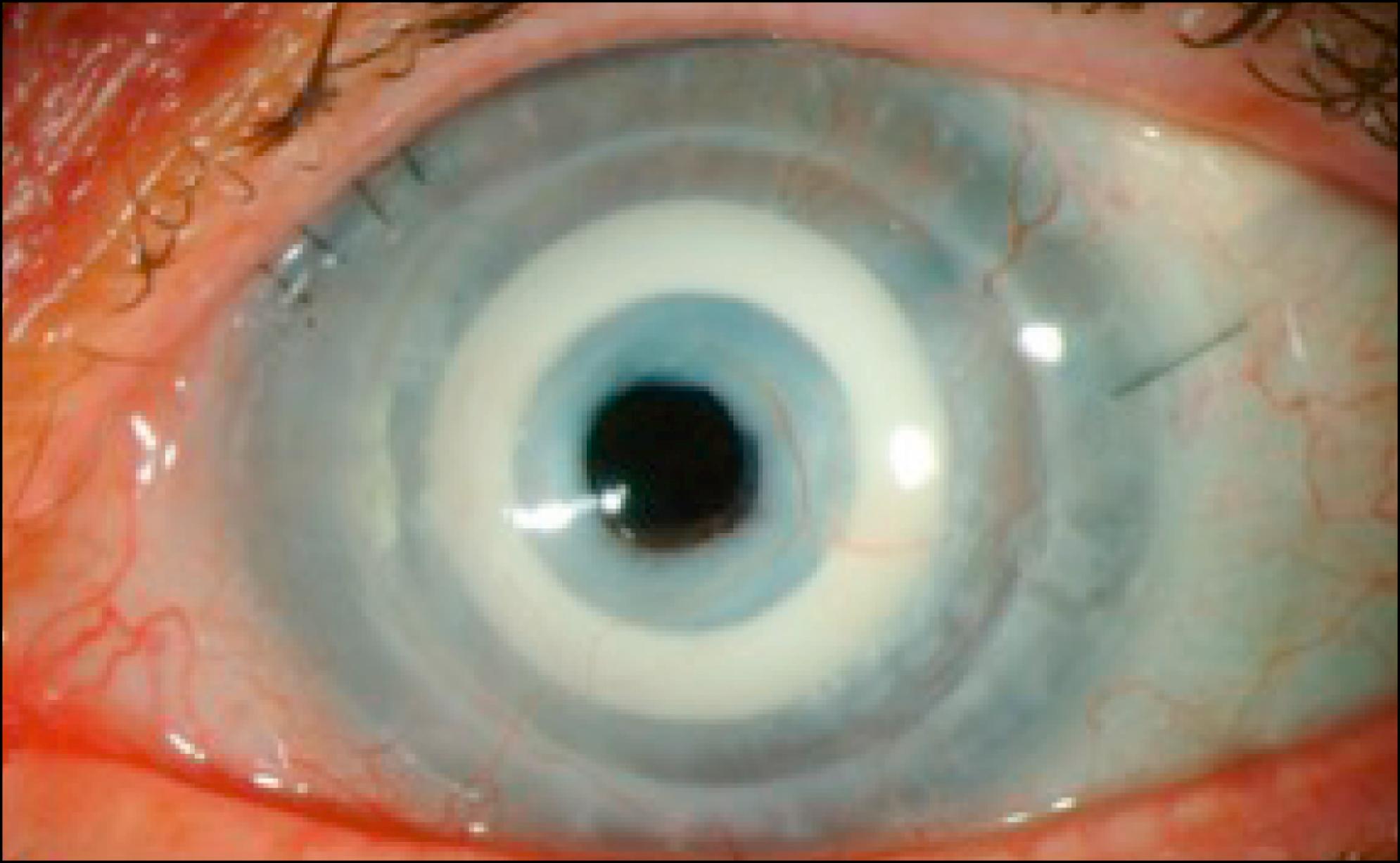Physical Address
304 North Cardinal St.
Dorchester Center, MA 02124
Cornea transplantation has made tremendous progress over the last decade, but major problems still exist: worldwide blindness, immune rejection, and severe ocular surface disease.
An artificial cornea is needed due to major deficiencies in current eye banking and storage issues with human corneas.
The concept of an artificial cornea has been around for decades, but visual outcomes are still poor and associated with high complication rates.
Newer technological advancements that target lamellar artificial corneas are showing some promise.
Since the first successful human cornea transplant by Eduard Zirm in 1905, tremendous progress has been in the realm of cornea transplantation over the past century. Specifically over the past two decades, various forms of lamellar keratoplasty (Descemet stripping endothelial keratoplasty [DSEK], Descemet membrane endothelial keratoplasty [DMEK], and deep anterior lamellar keratoplasty [DALK]) have become increasingly more popular, due to faster visual recovery and lower risk of transplant rejection. However, many issues still exist with conventional human tissue corneal transplantation. First, there is a shortage of donor corneas and difficulties with eye banking worldwide, especially in the developing world, where corneal blindness is more prevalent. Furthermore, while reduced rates of immunologic rejection are seen with lamellar keratoplasty compared to penetrating keratoplasty, immune rejection is still a problem and requires close follow-up and long-term steroid usage. Lastly, in high-risk cases (i.e., severe ocular surface disease, prior graft failures or complex congenital cornea opacities), the long-term results of human corneal transplantation are underwhelming.
Consequently, there has been much interest in the development of artificial corneas. Despite being the most commonly used artificial cornea device worldwide, the Boston keratoprosthesis (Boston KPro; discussed elsewhere in this textbook) has long-term limitations. As such, the ideal artificial cornea remains elusive. In this chapter, we will review the various artificial corneas that have been proposed and those that are under future investigation.
Developed by the Lions Eye Institute in Western Australia, AlphaCor (also earlier known as Chirila KPro) is a biointegratable artificial cornea made from poly (2-hydroxyl methacrylate) (PHEMA). The AlphaCor has a diameter of 7.0 mm, an optic that measures 4.5 mm and is 0.6 mm thick. The one-piece device consists of two zones: (1) a transparent optic and (2) an opaque sponge skirt, joined together by polymerization ( Fig. 162.1 ). Intraoperatively, AlphaCor is placed within a lamellar pocket in two stages. In stage 1, through a central 3.5 mm opening in the posterior lamella, a corneal lamellar pocket is created for device implantation. This is followed 3 months later by tissues anterior to the optic being secondarily removed over the central 3.0 mm, to completely expose the device’s central optic in stage 2. , The porous skirt of the device remains enclosed within the corneal stromal and becomes biointegrated.

Hicks et al. reported the clinical outcomes from large series of 322 devices implanted in more than 11 countries worldwide. The mean follow-up time was 15.5 months (maximum 7.4 years). Mean preoperative vision was hand movements, while the mean postoperative vision was found to be 20/200 (range light perception to 20/20), with a mean improvement of 2 lines of vision. At 6, 12, and 24 months, the probability of device retention was 92%, 80%, 62%, respectively. Similarly to the Boston KPro, AlphaCor devices are complicated long term by high rates of stromal melting (26.4%), retroprosthetic membranes (13.0%), and intraoptic opacities (8.4%). Stromal melting was defined as any episode of thinning, irrespective of degree and severity. Device explanation related directly to stromal melting occurred in 65.4% of cases in which a device was removed. The condition of the epithelial surface and tear film integrity increased the risk of melt. Of note, three types of depositions were identified: brown, diffuse white, and focal fungal. Brown deposits were found in 10 cases, with smoking being the only statistically significant risk factor ( P = .015). The authors believed that iodine fluids related to perioperative cleaning techniques may have been one possible explanation. The white calcium deposits were identified in 16 cases and were found to be associated with the concurrent use of topical β-blockers and steroids. Finally, a focal fungal inclusion was identified in one case in an individual with poor contact lens hygiene. While US Food and Drug Administration (FDA) approved in 2003 in the United States, AlphaCor implantation has ceased due to these aforementioned complications.
Become a Clinical Tree membership for Full access and enjoy Unlimited articles
If you are a member. Log in here